The post What To Do If You Get Sick While Traveling appeared first on The Blonde Abroad.
from The Blonde Abroad https://ift.tt/32ZfDNF
The post What To Do If You Get Sick While Traveling appeared first on The Blonde Abroad.
The post The Best Time to Travel to Hungary appeared first on The Blonde Abroad.
The post The Most Incredible Bathtubs From Around the World appeared first on The Blonde Abroad.
The post 10 Local Foods to Try in Greece appeared first on The Blonde Abroad.
The post Fall Hiking Outfit Inspiration from Backcountry appeared first on The Blonde Abroad.
Curious about the travel gear I bring with me on my international adventures? I’ve put together this gear page to share my long-term travel packing list. Obviously, I recommend traveling with high-quality, lightweight & durable stuff.
The travel gear I use may not work for everyone. I carry extra photography equipment to maintain this travel blog, along with camping equipment for trekking up mountains, hitchhiking long distance, or exploring rainforests on my own.
All travelers have different tastes & requirements while on the road. The following gear list is just what I’ve found works best for MY particular “adventure” travel style.
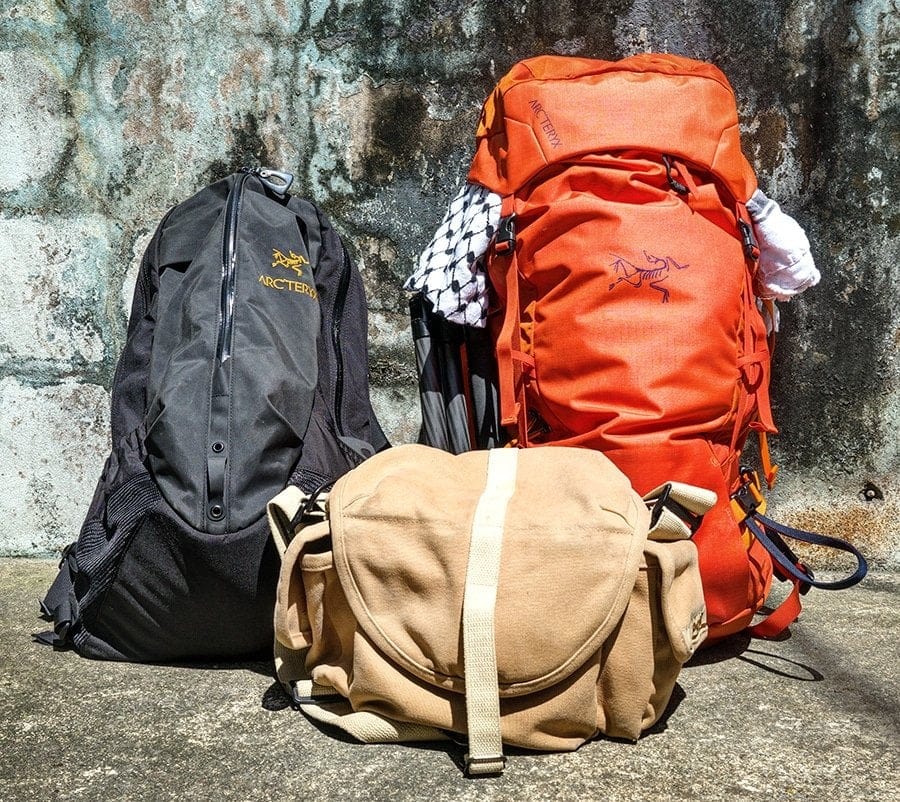
While I often travel on an extreme budget, my gear can be expensive. I want it to be functional, multi-purpose, comfortable, and very tough. I don’t want to keep replacing worn-out equipment every few months while abroad — plus I have a slight obsession with keeping travel gear as lightweight as possible!
Ah, the eternal question. Travel backpack, suitcase, or rolling duffel? This is going to come down to personal preference — and what kind of traveling you plan to do.
If you’re riding chicken-buses through Central America or hitchhiking around Africa, you’ll probably want a travel-friendly backpack. If you spend a lot of time in cities or fly frequently, you might prefer a rolling duffel or suitcase.
I started vagabonding around the world with a backpack, but my travel style has changed over the years, where I now find a rolling duffel bag more convenient for most things.
Mainly, due to carrying a lot more photography gear for my work on this travel blog.
I currently travel with 3 different bags. A rolling duffel as my main bag, a backpack for mountain trekking or wilderness trips, and a carry-on camera backpack.
I usually only need to check one bag, the rolling duffel. The hiking backpack can lie-flat inside it. For bigger trips that require more technical gear (like winter camping), I’ll check both.

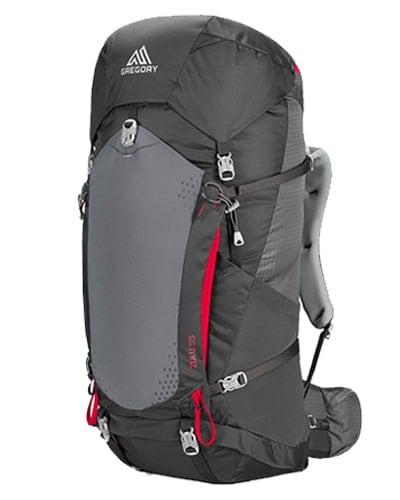
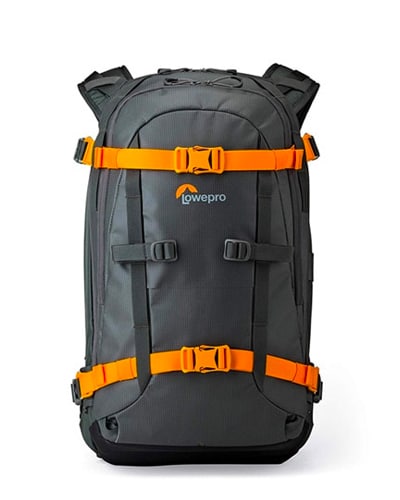
READ MORE: How To Choose The Perfect Travel Backpack
This is my basic, standard travel gear that goes with me on every trip. From items that make flights more comfortable to gear that helps me stay organized while traveling.
READ MORE: Best Gifts For Travelers In 2019
As an adventure addict, I do a lot of overnight backpacking, trekking, and camping when I travel. So I pack some specialized outdoor gear for these types of journeys, much of it pretty high-end (super lightweight & durable).
READ MORE: My Complete Backpacking Gear Checklist
You don’t need a huge wardrobe to travel. Here’s some of the clothing I pack when traveling around the world. I try to buy stuff that’s lightweight and wrinkle resistant. As for how much? I generally pack: 2 pairs of pants, 1 pair of shorts, 5 t-shirts, 2 nicer shirts, 2 sweatshirts/sweaters, 5 pairs of underwear, 5 pairs of socks, and 1 swimsuit.
READ MORE: How I Do Laundry While Traveling
I would not be able to produce a travel blog of this caliber without some computer equipment. Other electronics are not absolutely needed, but they improve my quality of life on the road enough to be worth the weight.
For the photographers out there, this is the camera equipment I use for adventure travel photography around the world. While I shoot images for this blog, I also sell images to magazines, brands, and national tourism boards. I carry more camera equipment than the average traveler because it’s part of my business.
READ MORE: Best Travel Cameras For Different Budgets
I’ve traveled carry-on only before, and still do occasionally if it’s a short weekend trip. However as I’ve collected more camera gear for the travel photography side of my business, I was forced to check a bag again in order to fill my carry-on with camera gear.
And you know what? After 9 years of regular travel, the airlines have only lost my checked-bag 4 times. In all but one of those cases my bag showed up the next day — it was not a big problem. Losing a bag for a day is not the crisis some travelers pretend it is.
Only once did it take a week to get my bag back. While this particular situation certainly sucked, having this happen once in 9 years, with all the flying I do, does not make it a frequent occurrence.
Checking a bag is not the end of the world… and odds are very high it will be waiting for you at luggage claim.
This is a post from The Expert Vagabond adventure blog.
The post The Best Time to Travel to Sri Lanka appeared first on The Blonde Abroad.
The post 10 Local Foods to Try in Hungary appeared first on The Blonde Abroad.
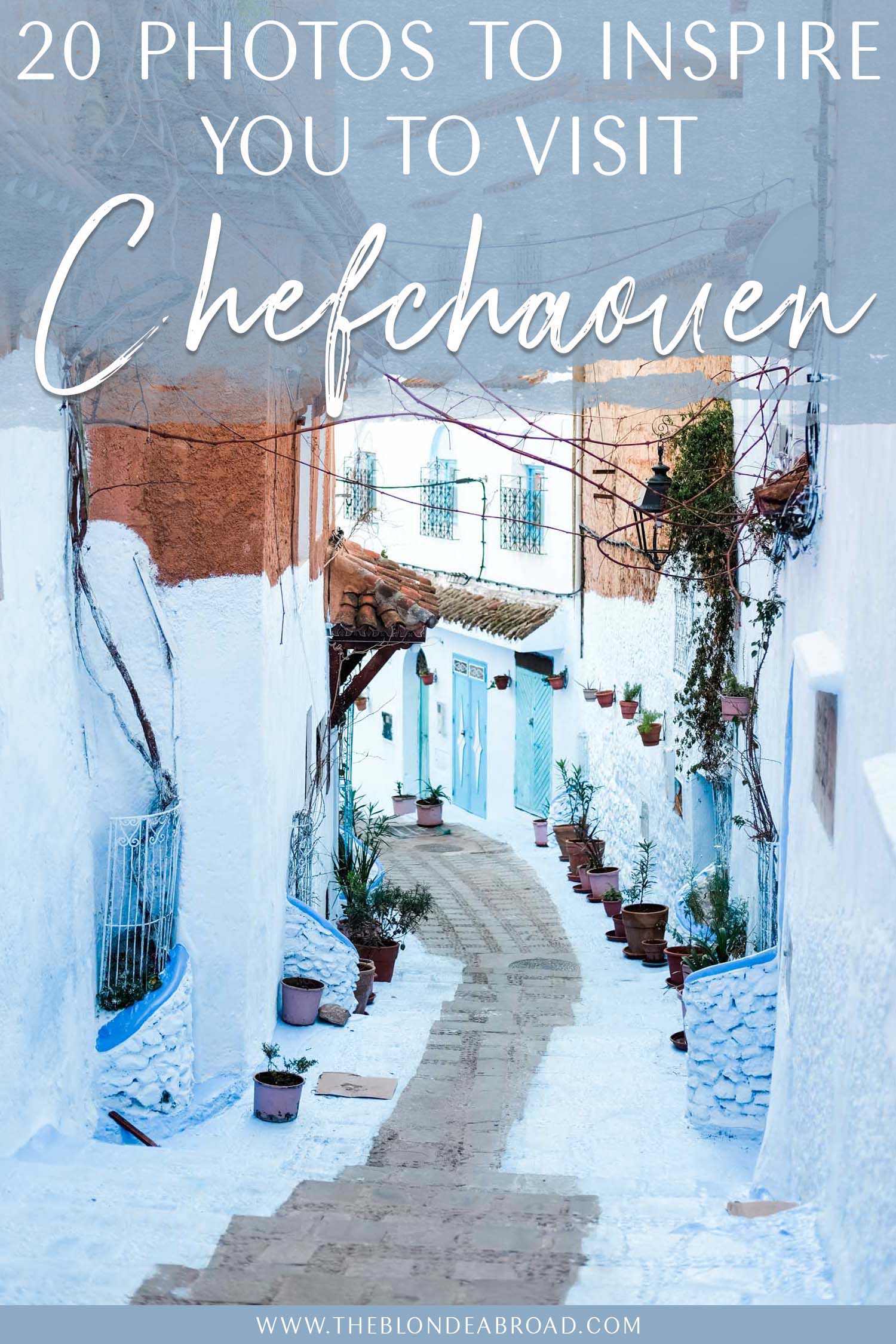
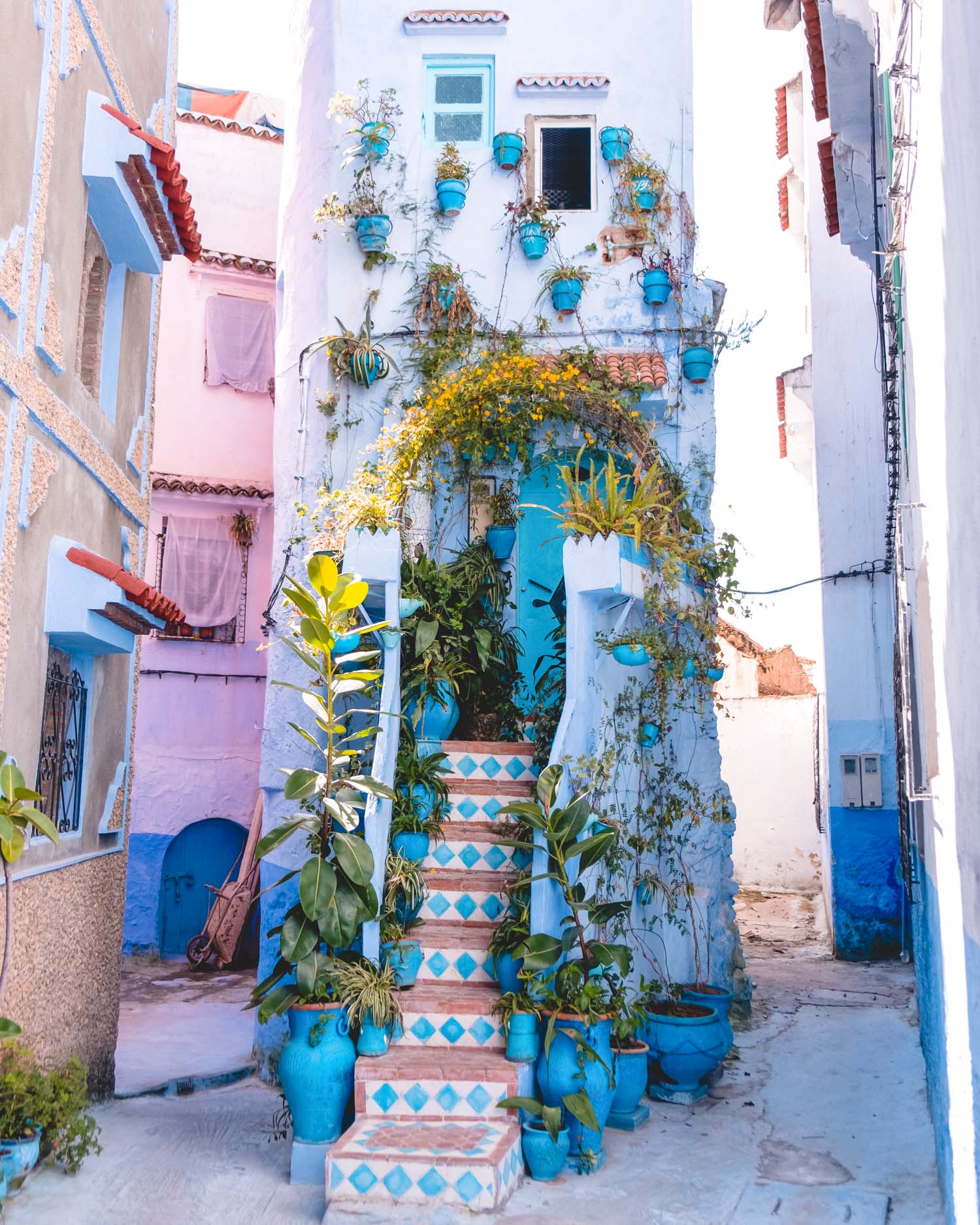
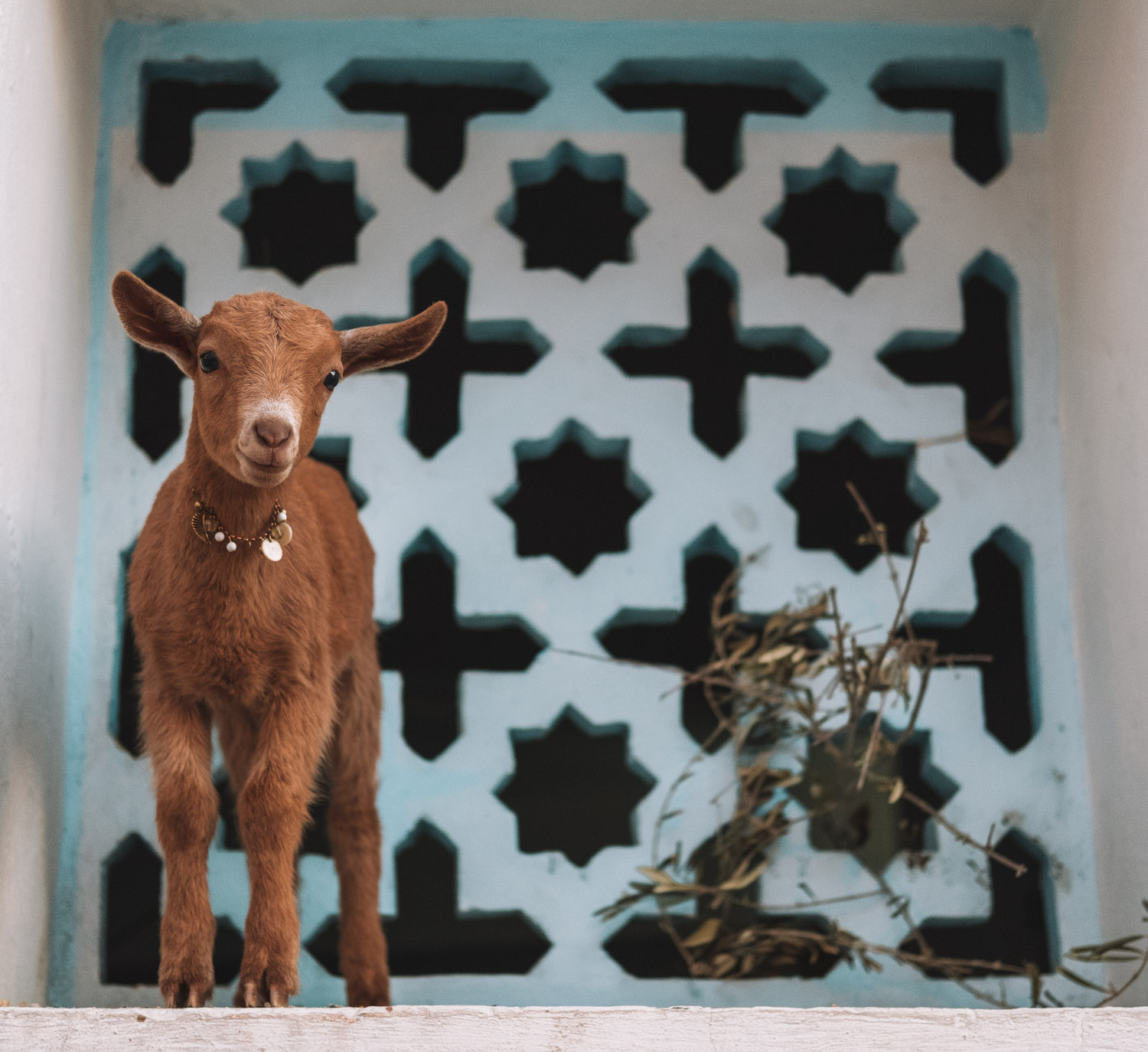
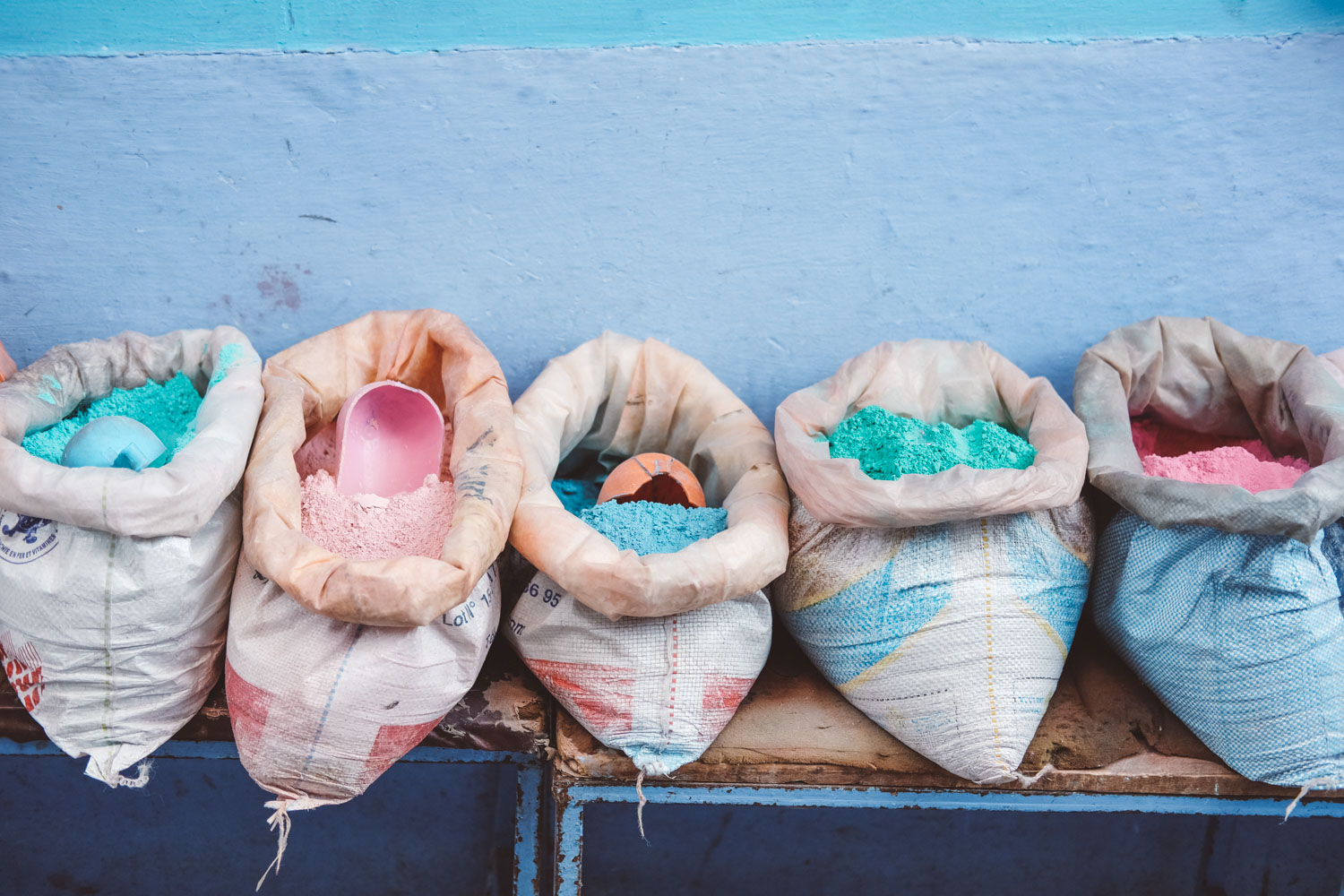
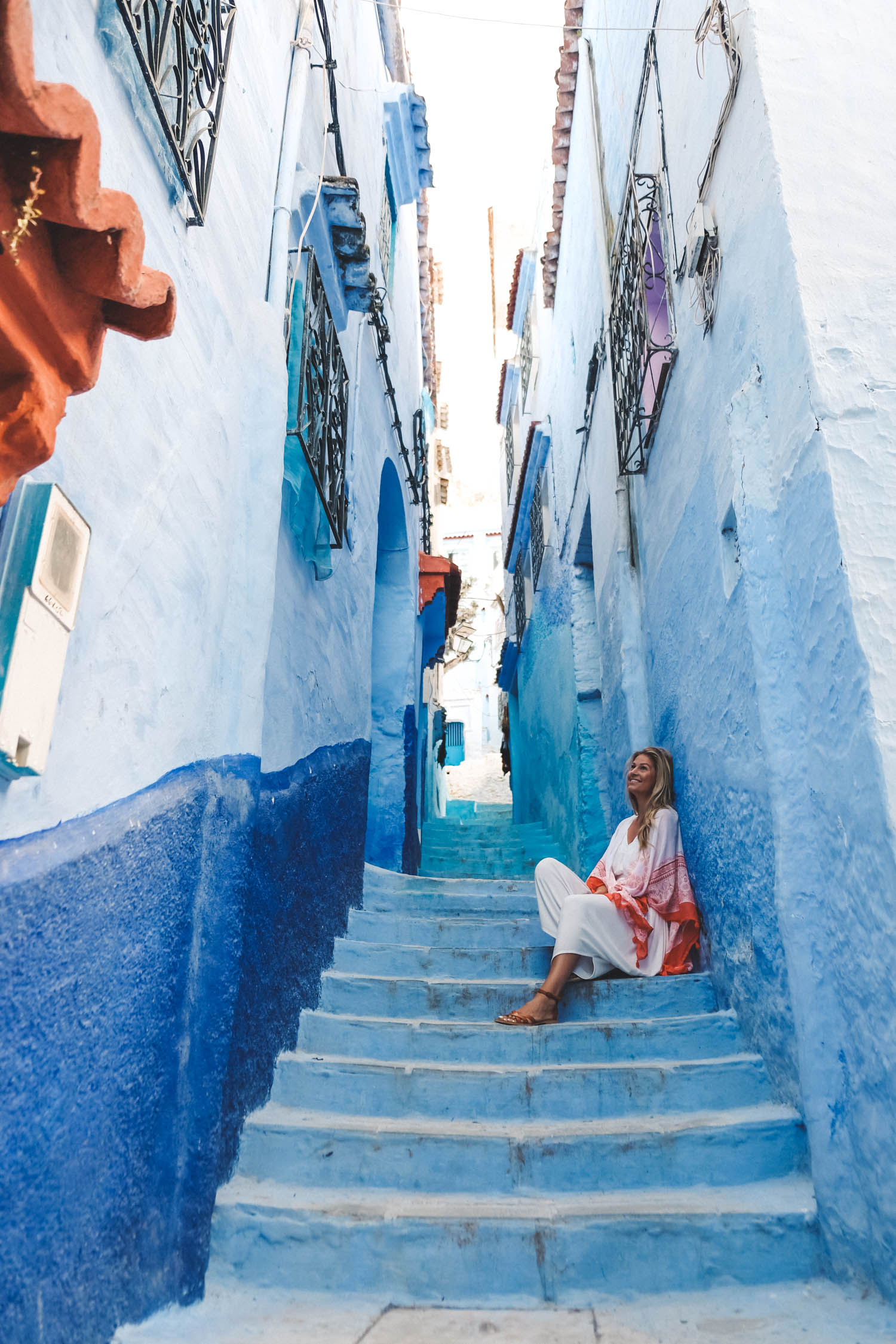
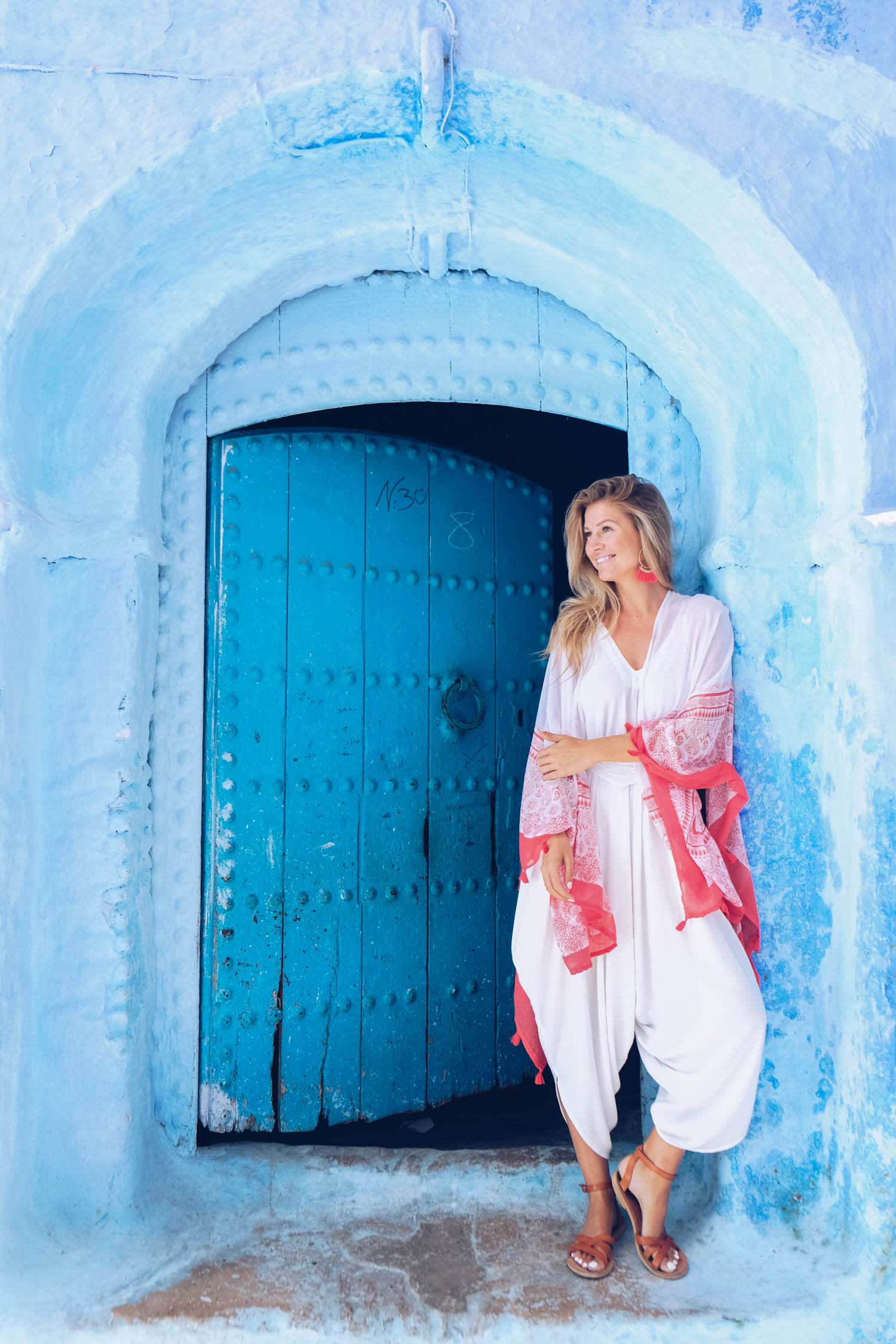
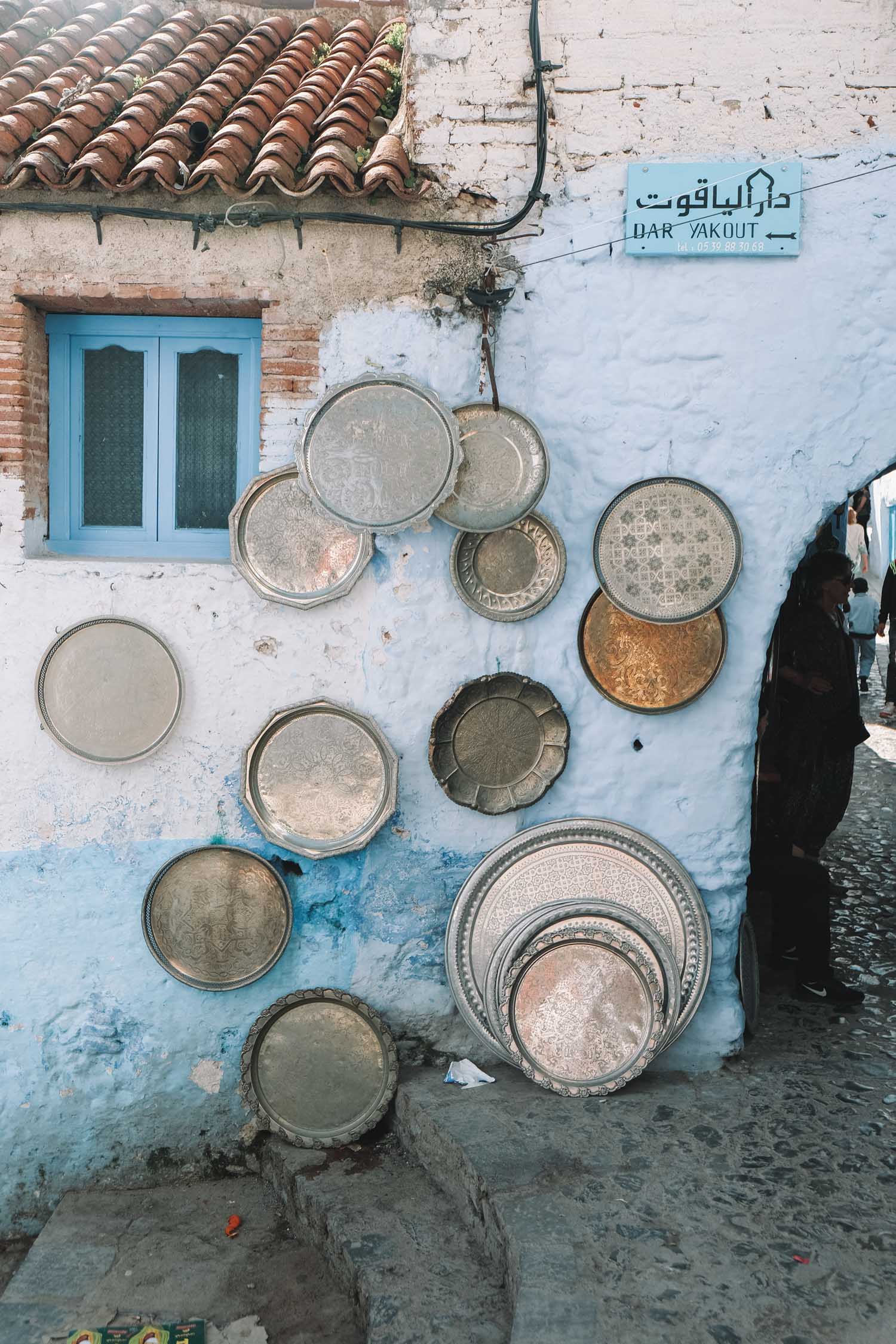
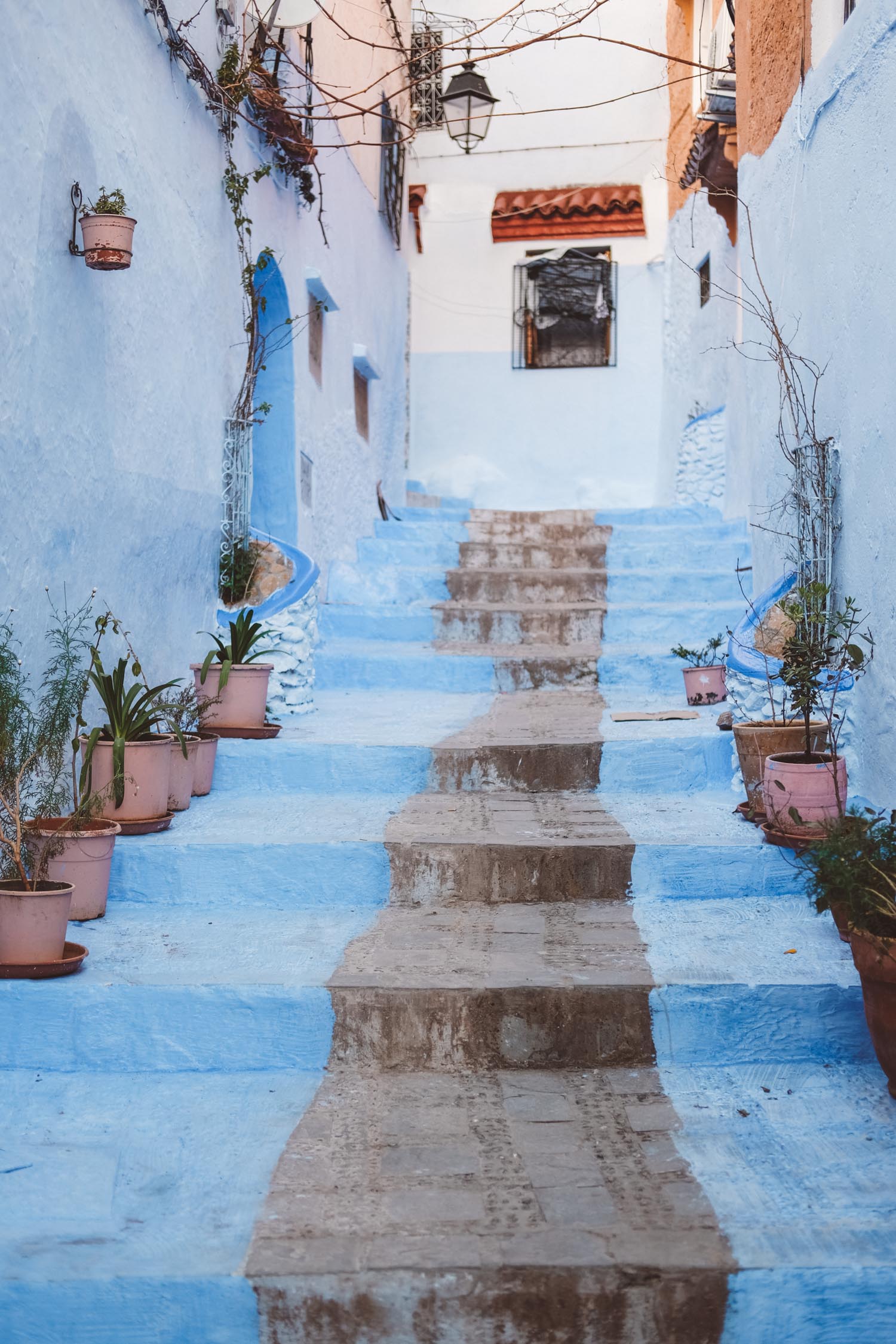
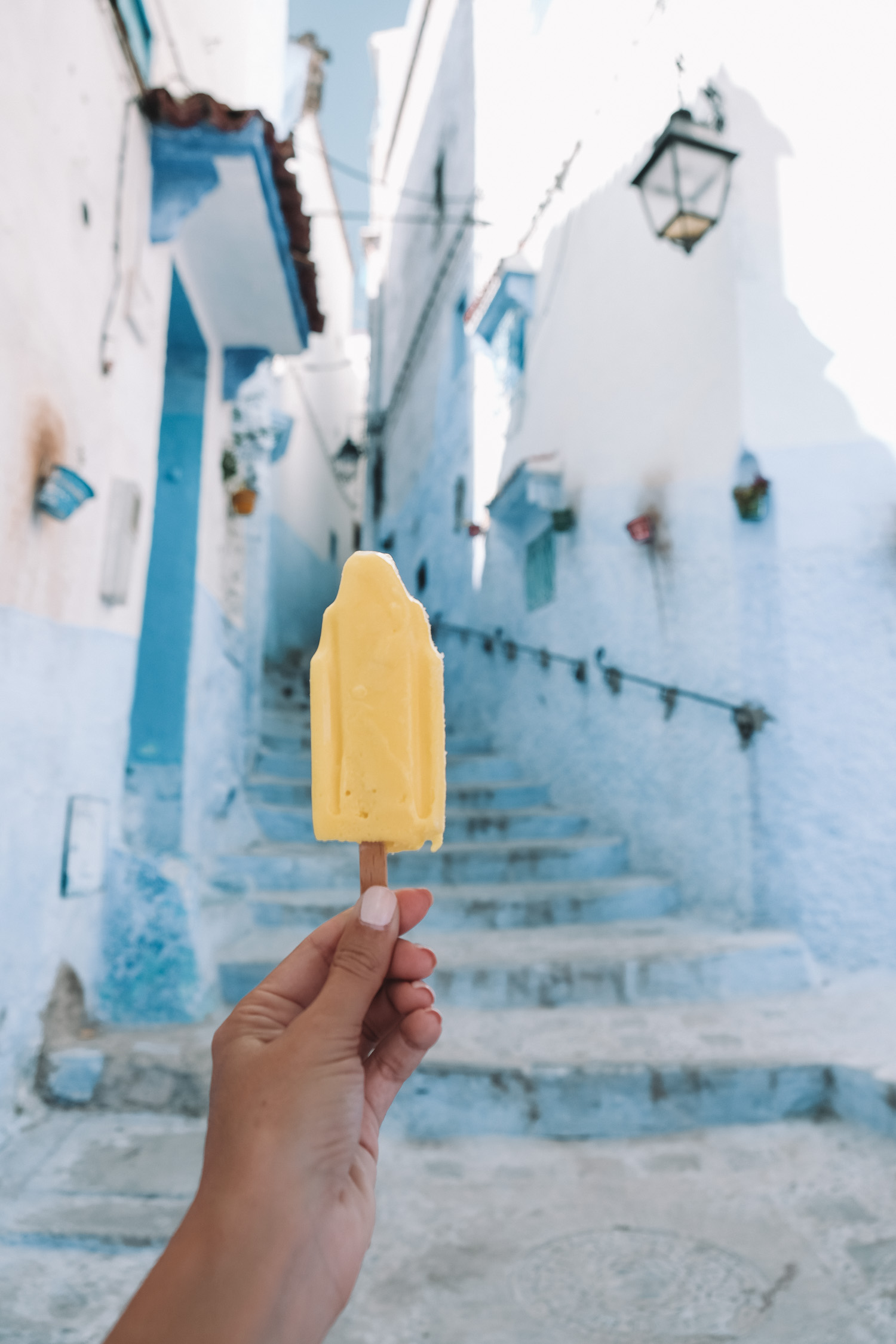
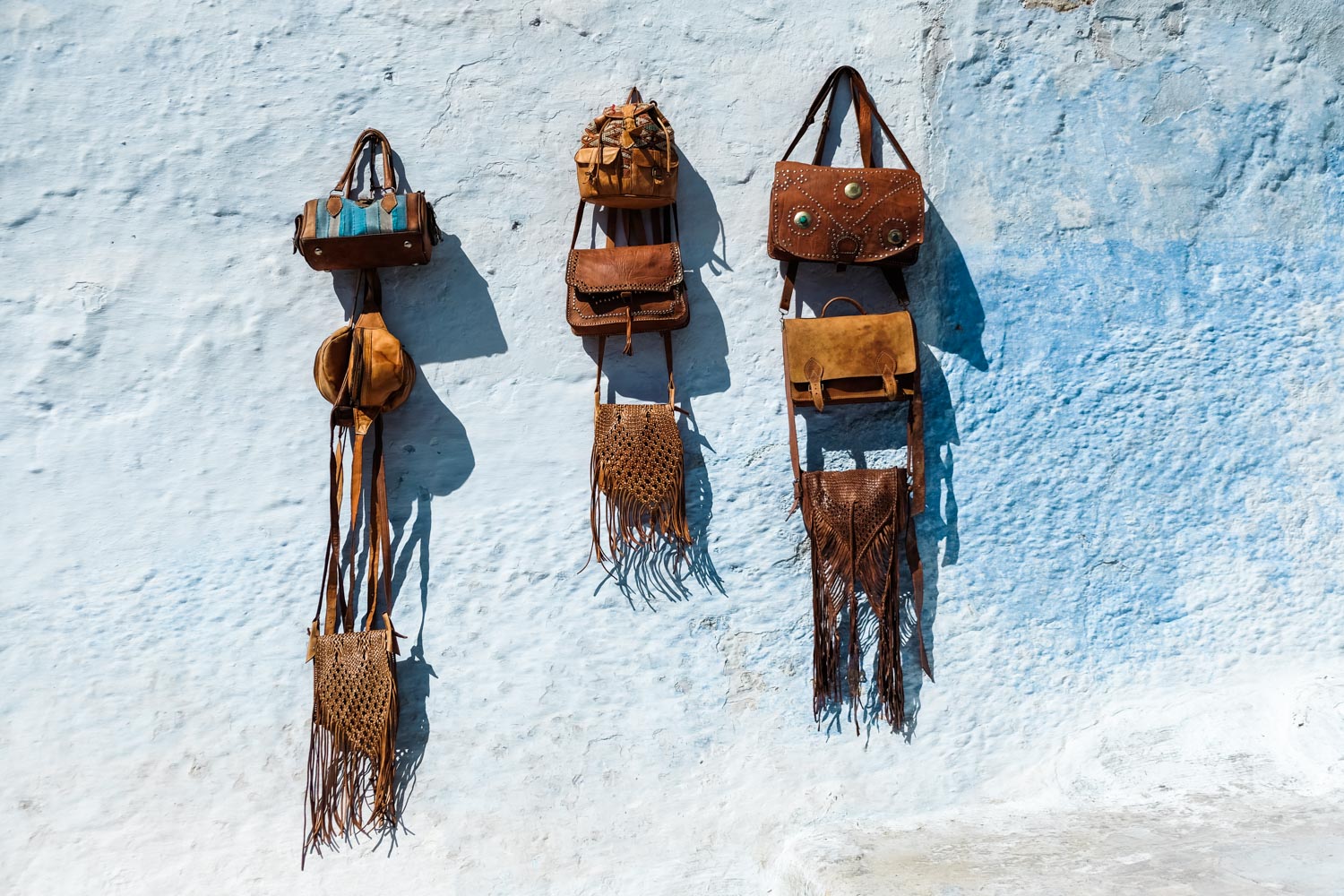
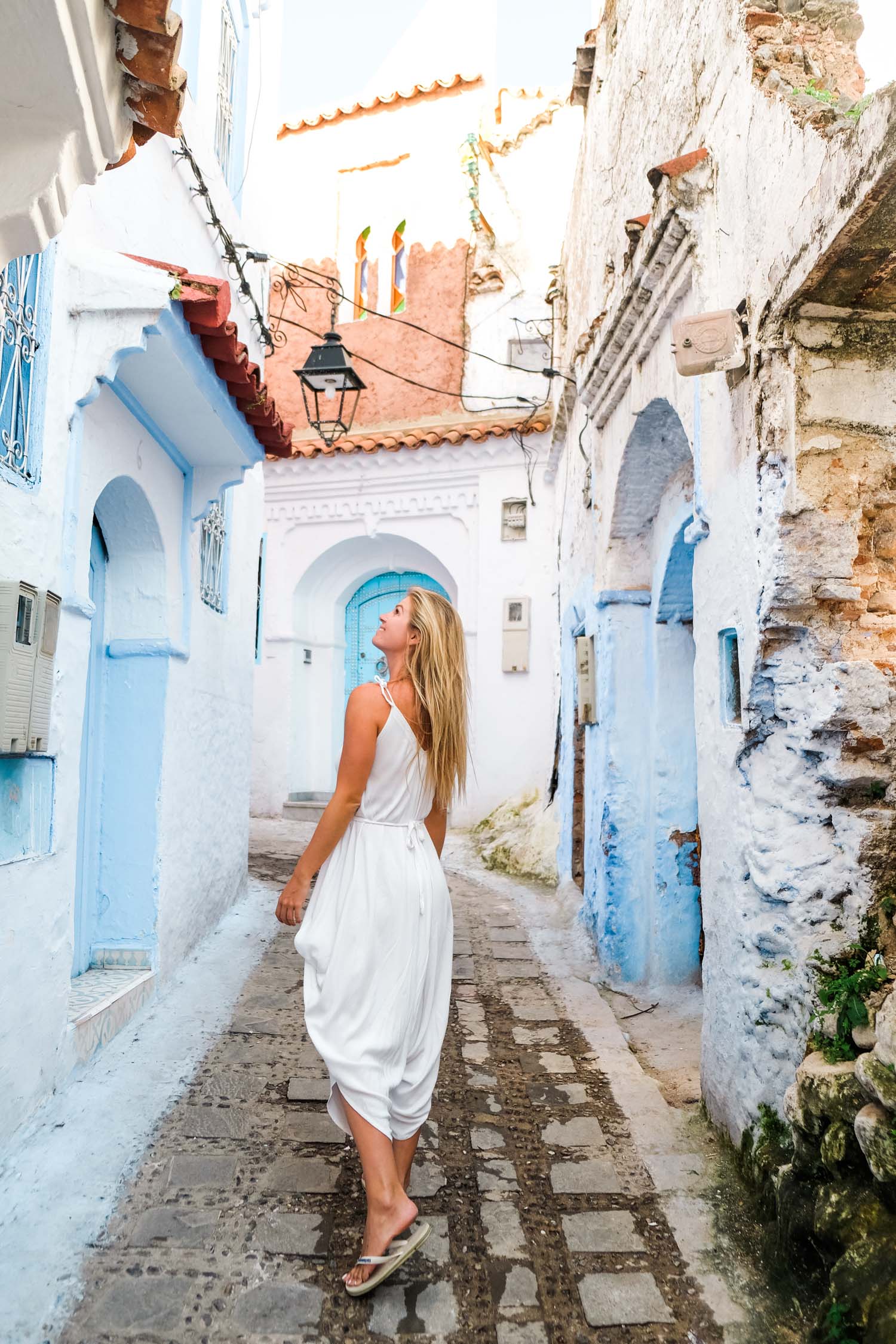
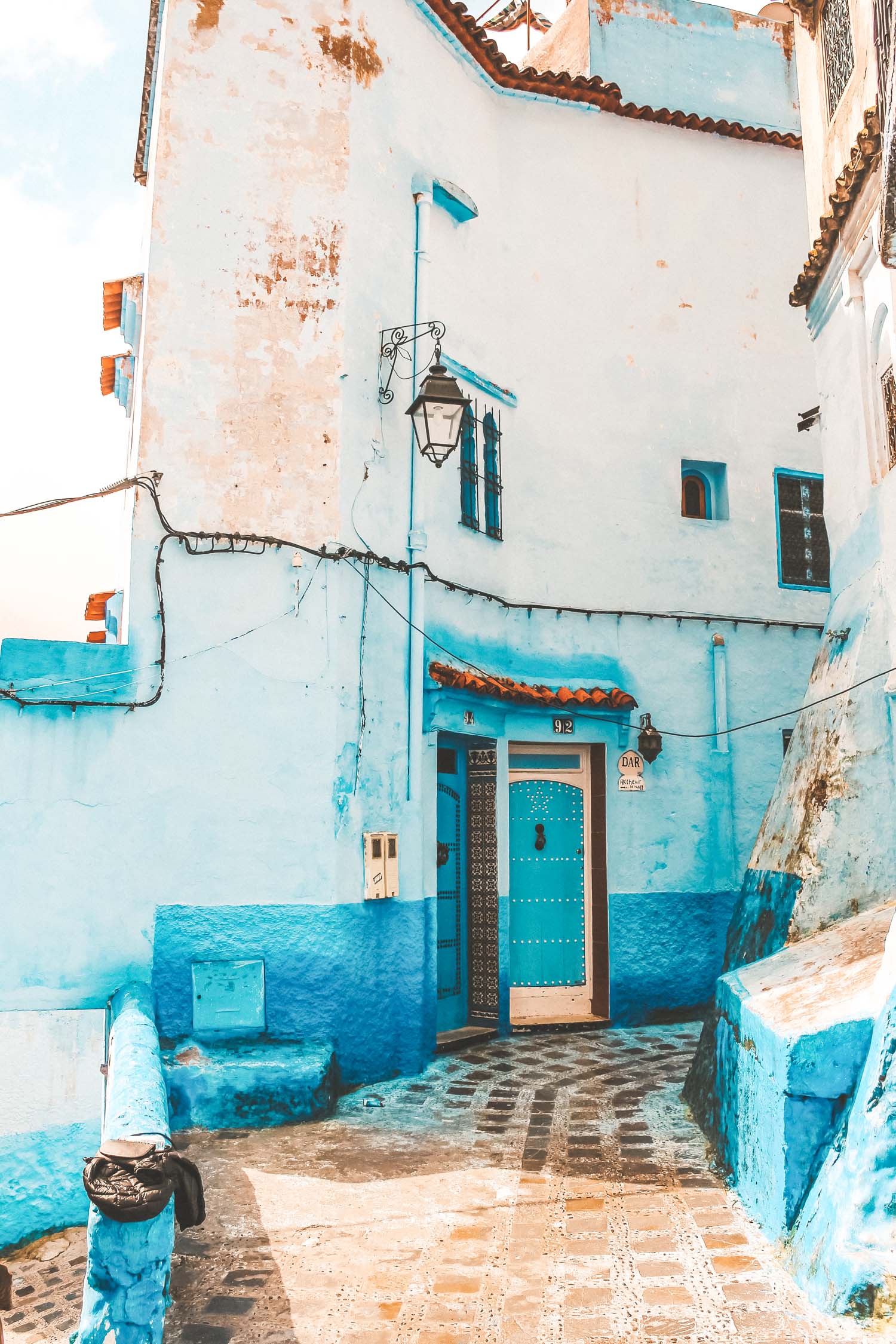
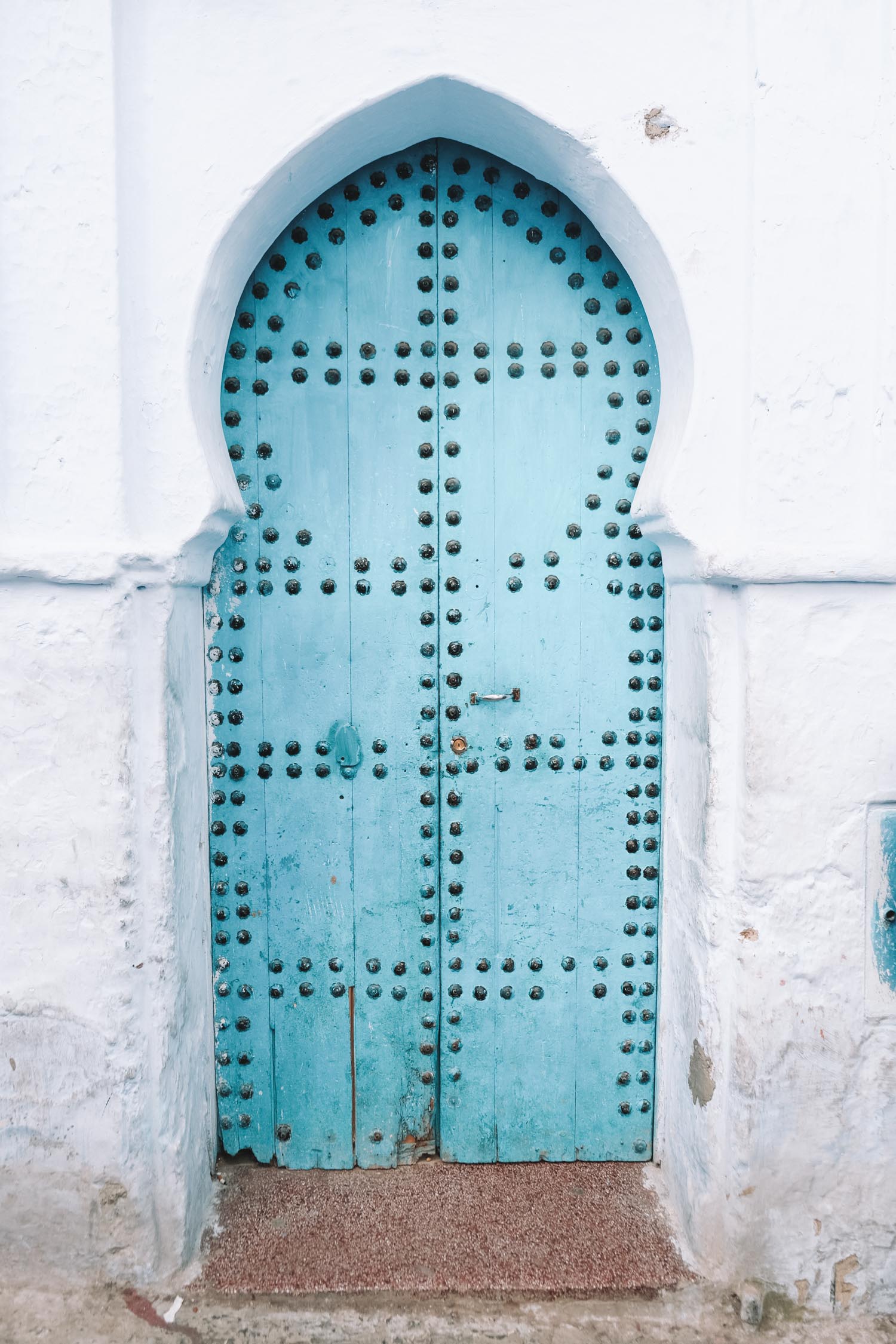
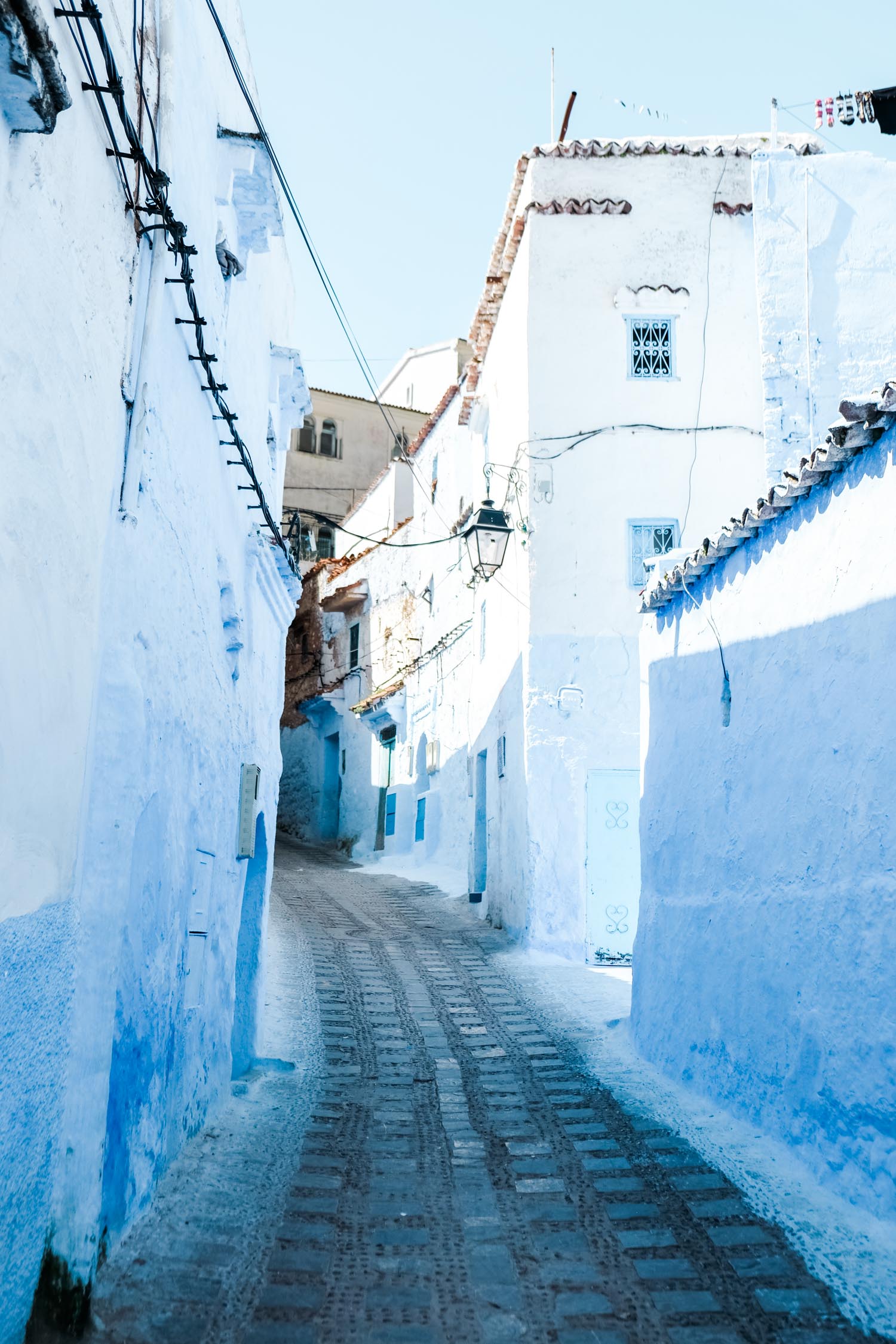
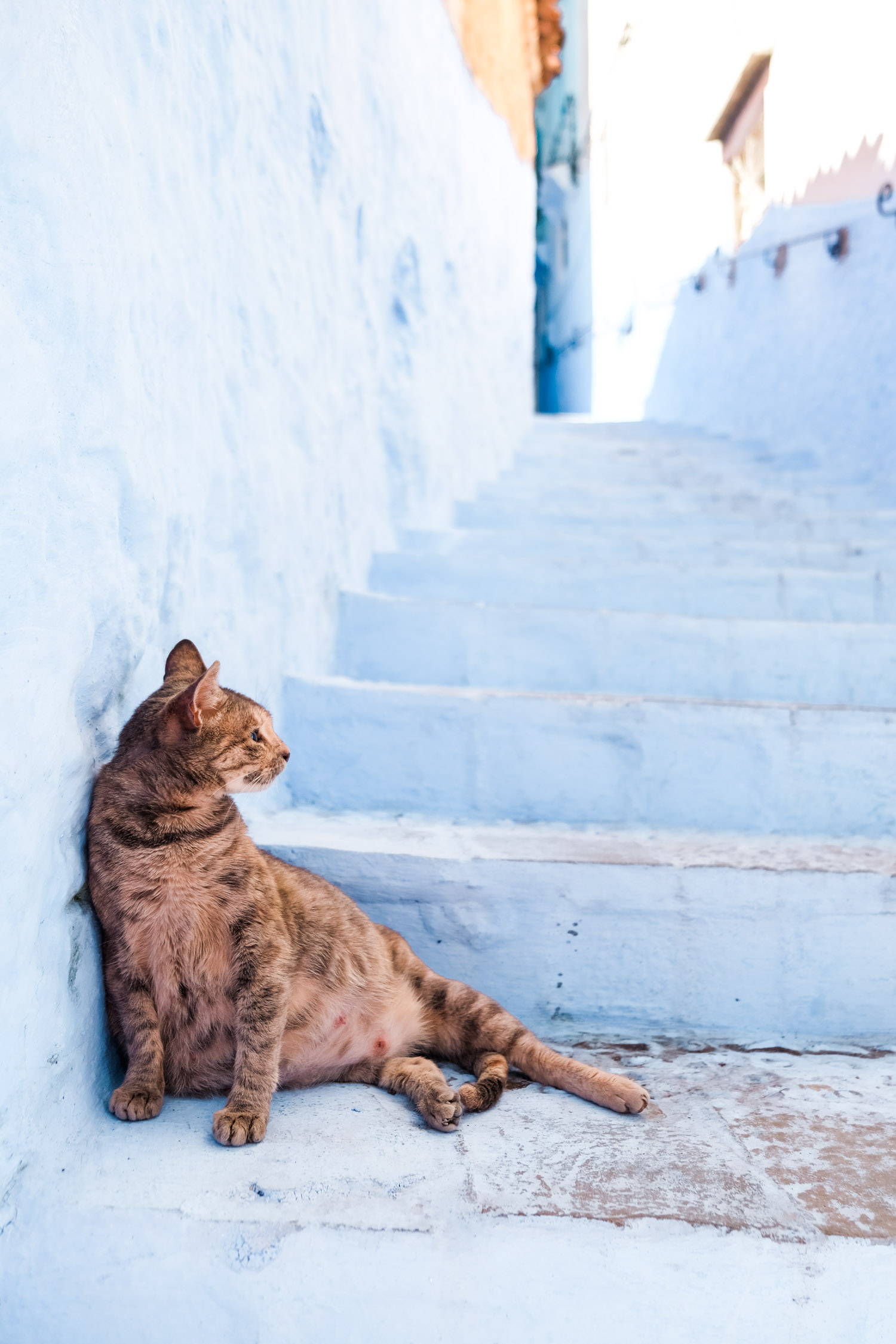
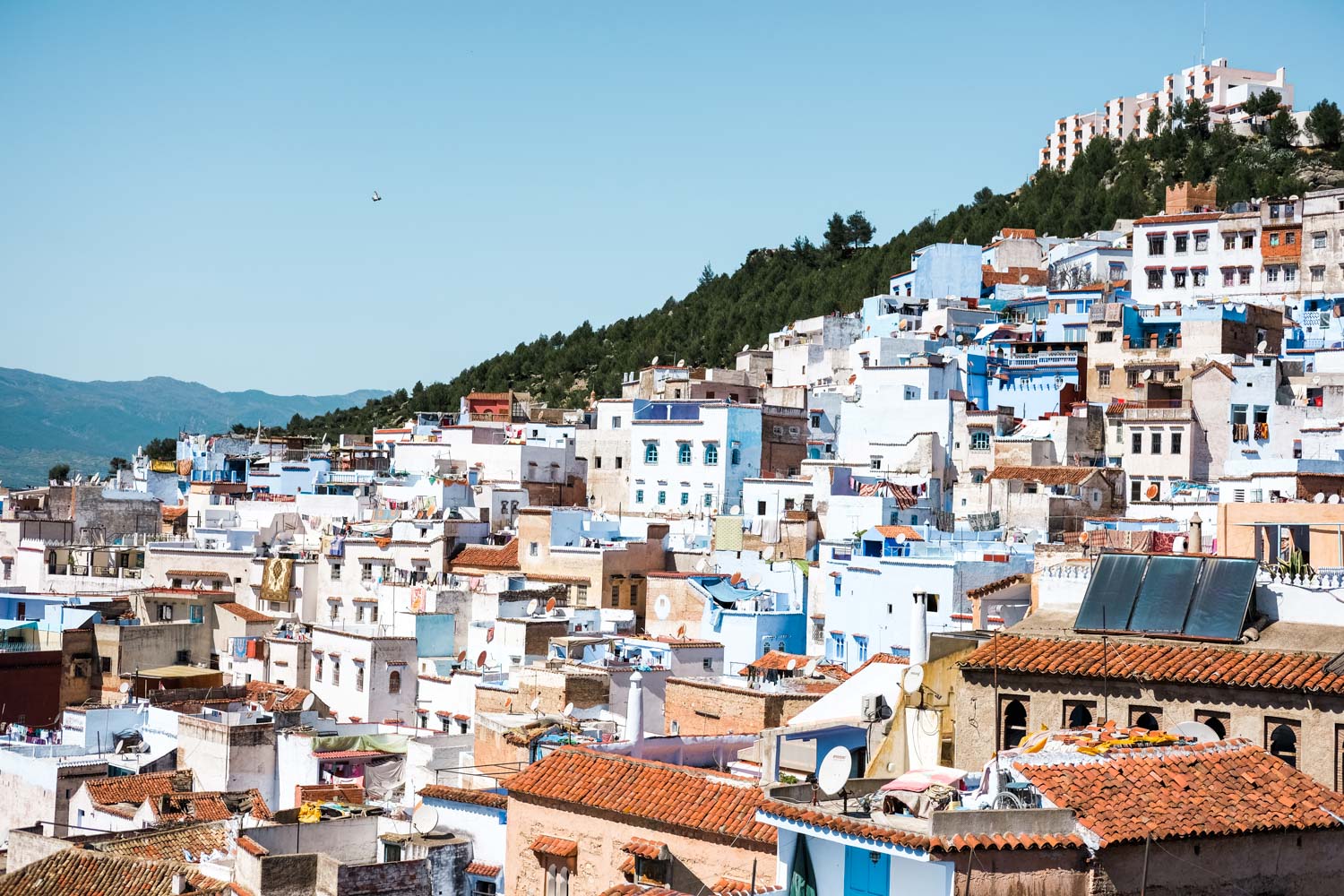
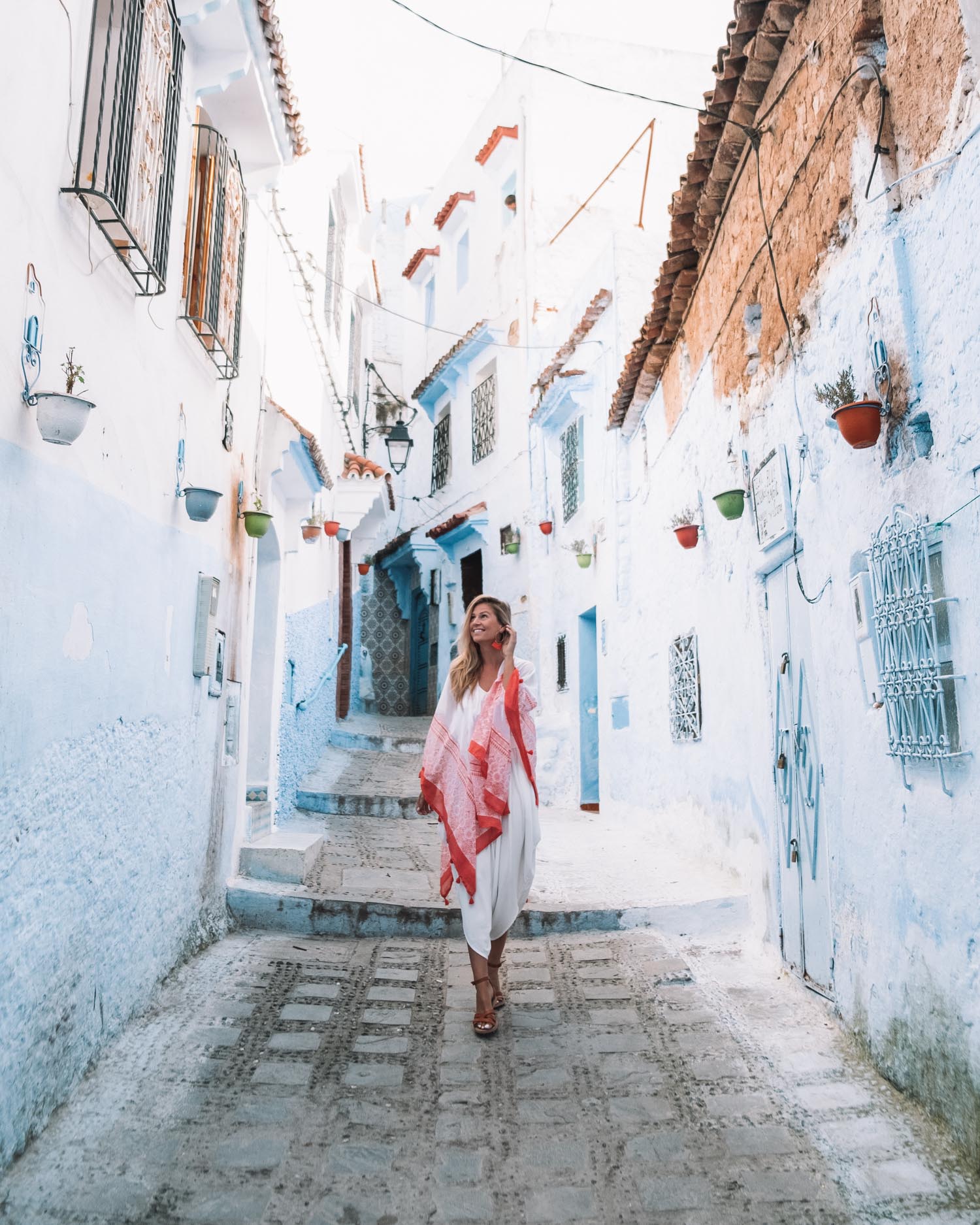
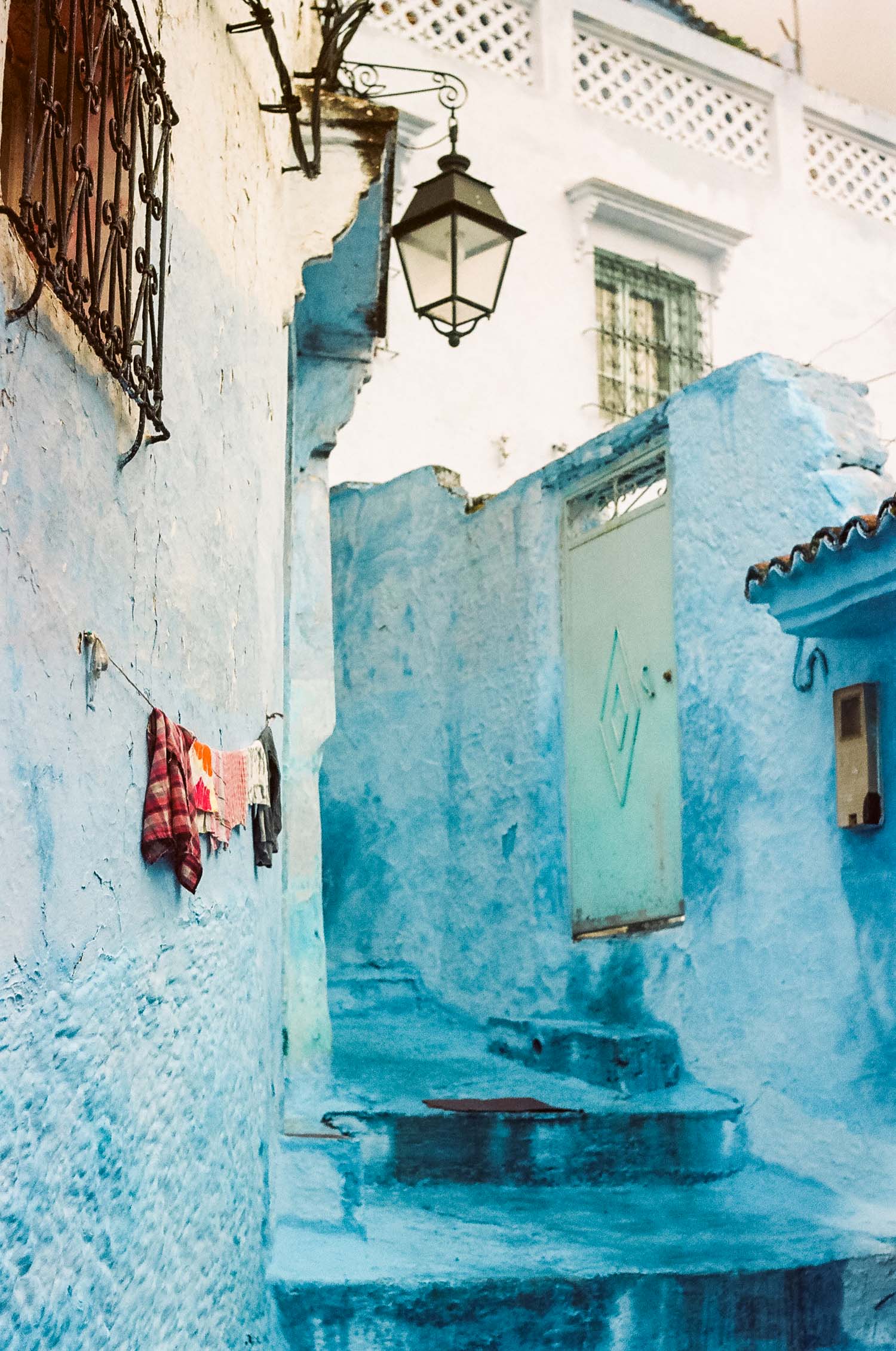
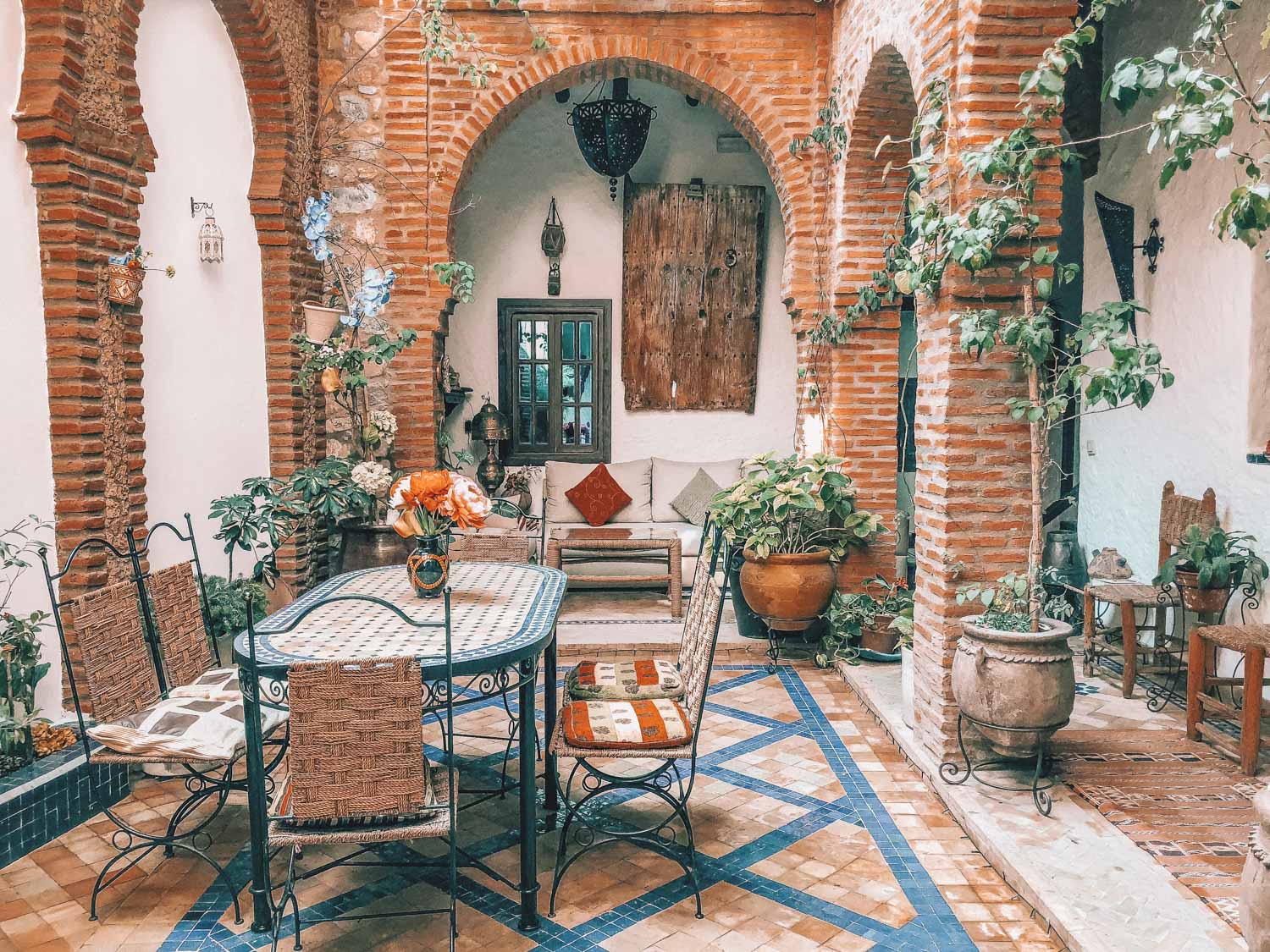
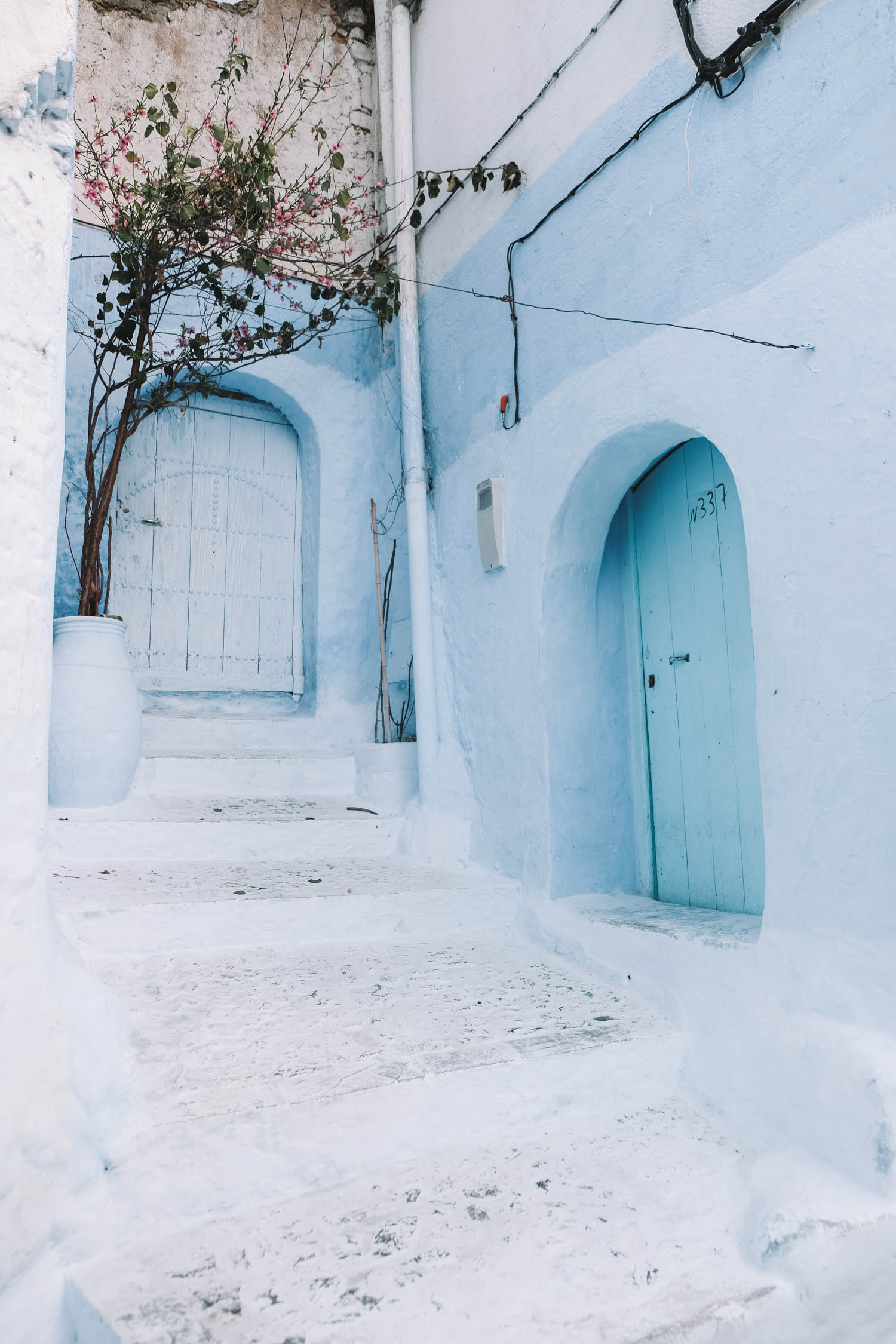
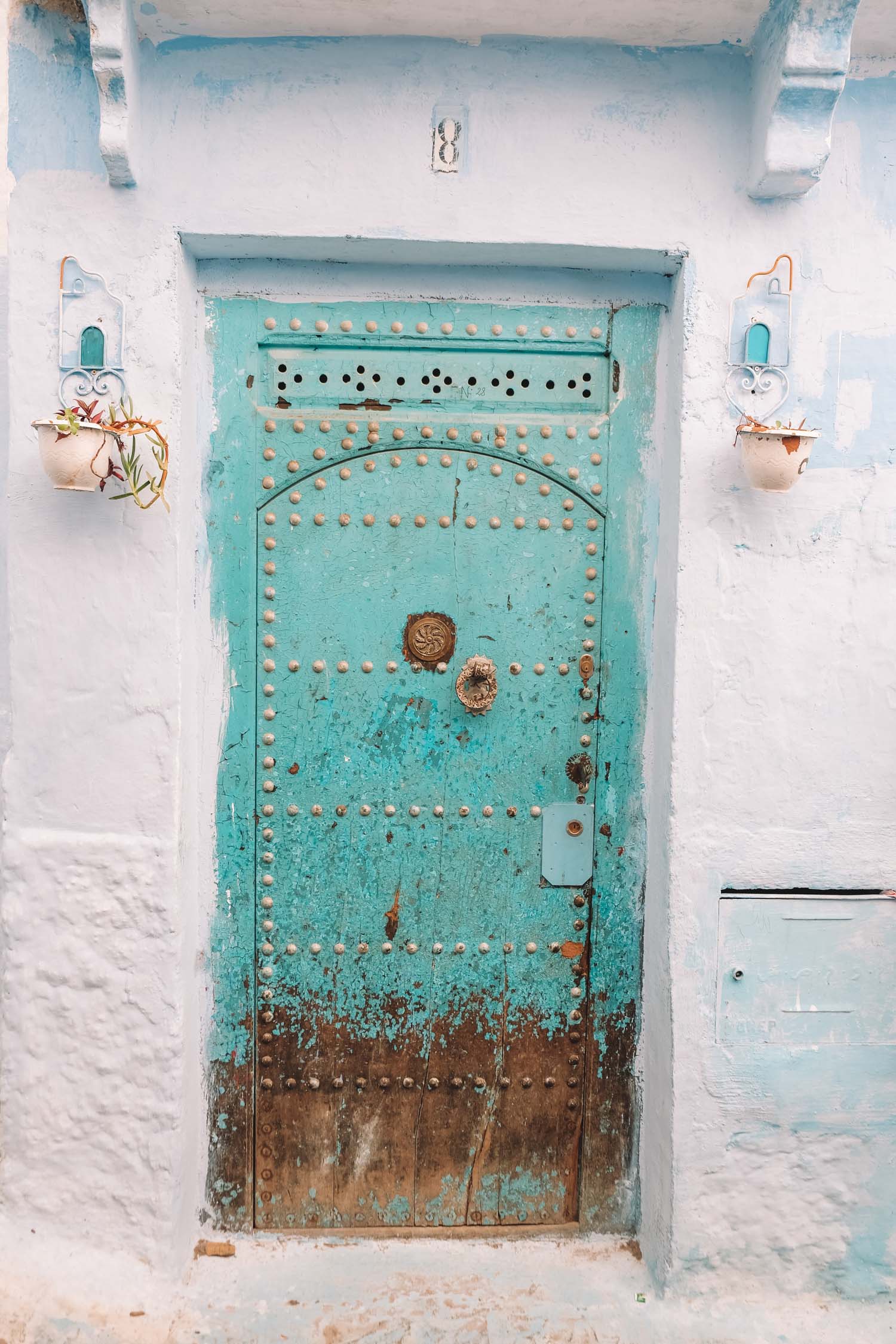
Perched right below the peaks of Rif sits Chefchaouen, arguably one of the prettiest towns in Morocco. Featured all over Instagram, the artsy blue-washed village feels as if you’ve been transported into a new world the minute you arrive.
Nicknamed “The Blue Pearl,” the village was founded in 1471 by Jews and Moors who were fleeing from Spain. There are many different theories as to why it’s blue. Some say it was painted by the Jews who settled there after escaping Europe in the 1930s, while others say it keeps the mosquitos away.
It’s also said to be blue because it represents the color of the sea and the sky.
Whatever the reason for its magnificent blue hue, one this is certain: Chefchaouen is absolutely stunning and is a major highlight in Morocco—find some of my other highlights in this two-week itinerary for Morocco!
Because Morocco can get pretty hot, wandering around town during the day can get pretty uncomfortable. This makes choosing the best time to visit important as walking is the easiest way to get around town. My favorite time to visit is between March and April when you’ll find deals on hotels and flights and you won’t have to bump shoulders with crowds of people.
If you do decide to visit during the warmer months, keep in mind that Morocco is a conservative country. This means you’ll want to err on the side of caution when trying to decide what to pack and how to dress. Luckily for you, I put together a list of what to pack for a trip to Morocco so you won’t be stuck second-guessing your suitcase!
If these photos have piqued your interest and you want to learn more about what to expect in Chefchaouen, check out my Ultimate Guide to Chefchaouen!
The post 20 Photos to Inspire You to Visit Chefchaouen appeared first on The Blonde Abroad.